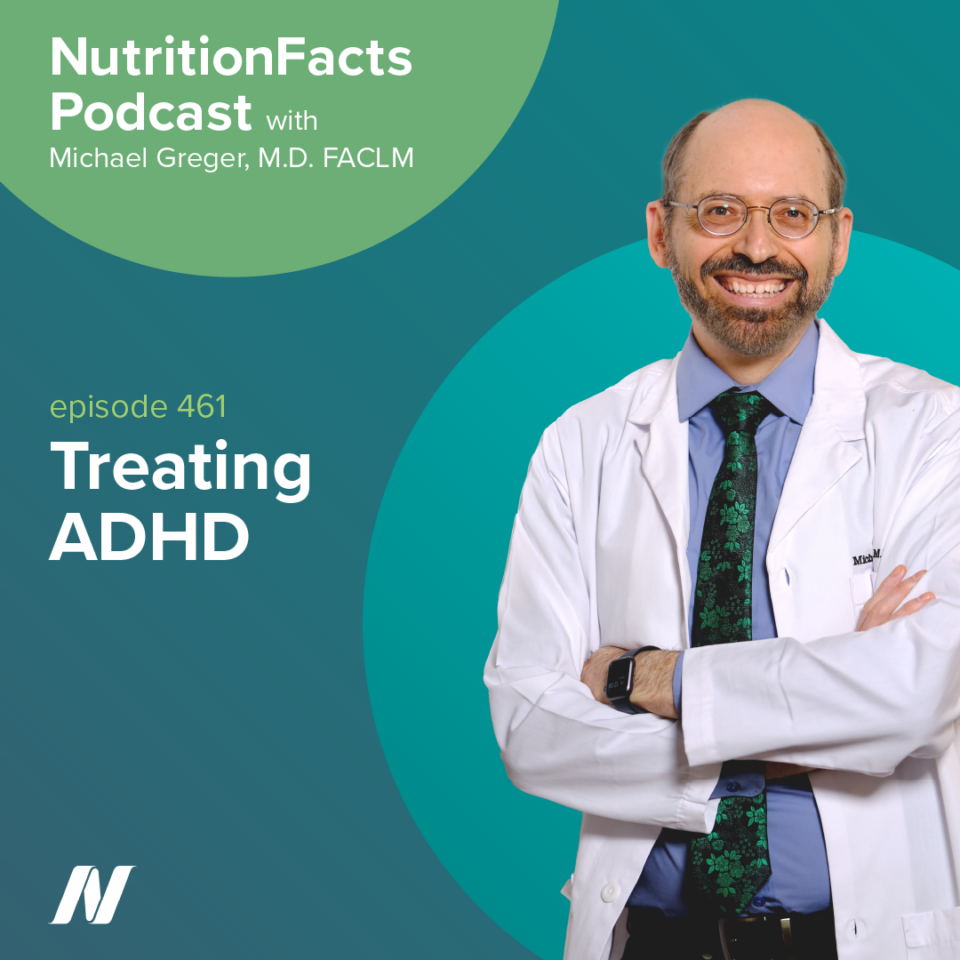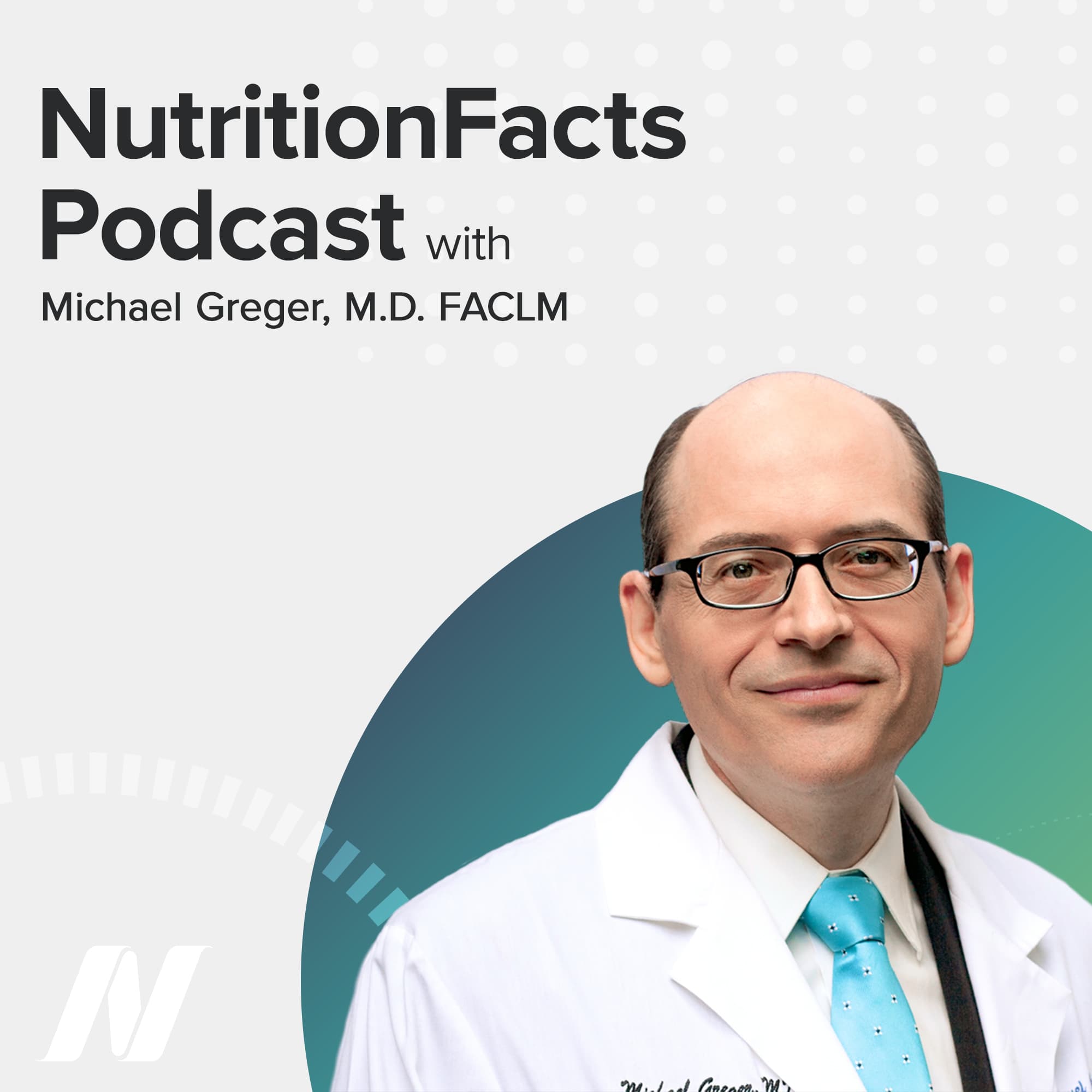Today, we look at the best ways to treat ADHD, and we start by taking a close look at the effects of artificial food colors in children’s diets.
Nearly 50 years ago, Cedars-Sinai chief of pediatrics Ben Feingold, published heresy, suggesting that artificial food colors could induce behavioral disturbances. Dow Chemical disagreed, as did Coca Cola, as well as other players within the trillion-dollar processed food industry, who were able to convince the medical establishment that it was all just one elaborate placebo effect. But the truth can only be buried for so long. In 2004, a randomized, double-blind, placebo-controlled food challenge was published. Hyperactivity in preschoolers was reduced significantly when artificial colorings and the preservative sodium benzoate were eliminated from their diets. But hyperactivity jumped back up when the additives, rather than a placebo, were reintroduced into their diets. The researchers suggest that benefit would accrue for all children if they didn’t consume artificial food colors or benzoate preservatives.
Then another randomized, double-blind, placebo-controlled food challenge was published in probably the most prestigious medical journal in the world. This time, researchers found that artificial colors and other food additives in processed foods appeared to exacerbate hyperactive behaviors—inattention, impulsivity, and overactivity—among young children, with more pronounced effects in three-year-olds relative to eight-or nine-year-olds. And indeed, a more recent randomized controlled trial in eight-or nine-year-olds in Hong Kong didn’t observe a significant effect. The authors suggested it may be because older children may be less sensitive, or the dose used was too small relative to what the kids typically consumed.
But what happens in children already diagnosed with ADHD if you remove artificial food colors? In a meta-analysis of randomized controlled trials for dietary interventions for ADHD, excluding artificial food colors from the diet significantly improved behavior.
In this meta-analysis, the data over here suggest that food colors were harmful, whether assessed by parents, observers, or attention tests, compared to studies showing the opposite. You can actually see the difference in brain waves on EEG compared to placebo.
As I highlighted years ago, the European Union requires warning labels of potential adverse effects on activity and attention in children. However, although the Food and Drug Administration in the United States has banned a few artificial colors like Red Dye No.1, Red Dye No. 2, and Red Dye No. 4 due to cancer concerns, no warning labels are required, and many artificial colors still predominate processed foods. Among grocery store products marketed to children, about 40 percent contain at least one artificial color.
In 2021, a report from the California Environmental Protection Agency highlighted the potential neurobehavioral effects of artificial food dyes in children. The authors concluded that although not all studies implicated them, the current medical literature provides a substantial amount of evidence that consumption of synthetic food dyes is associated with adverse neurobehavioral outcomes in kids, and that the FDA’s Acceptable Daily Intake levels may not adequately protect children.
For years I’ve been concerned that Red No. 3 still hasn’t been banned from food, given that it was banned more than 30 years ago from inclusion in any products that go on our skin due to cancer risk. Finally, in October 2023, the California Food Safety Act was signed banning Red Dye No. 3 from food and drinks sold in California, while consumer groups, like the Center for Science in the Public Interest ,continue to petition the FDA for a national ban to prohibit use of this carcinogen. And, on January 15, 2025, 35 years after it was banned in cosmetics, FDA finally banned it nationwide in food, as of 2027, and in drugs in 2028.
In our next story, the benefits of exercise in controlling ADHD symptoms.
Every year in the United States, doctors write 20 million prescriptions for stimulants, like Ritalin, to give to kids for attention deficit hyperactivity disorder. And. it goes up every year. In fact, more than any other drug class—another 0.8 million added every year to that 20 million. That’s a lot of amphetamines for a lot of kids.
These drugs are thought to act by increasing dopamine and norepinephrine levels in the brain. Guess what else can increase dopamine and norepinephrine levels? Exercise. And, it happens within minutes of getting on a bike; levels shoot up. Medications can take an hour to work; physical activity works almost immediately.
But, does it work for ADHD? According to the latest review, there isn’t a lot of research out there. But, the current evidence suggests that both “acute and chronic” physical activity can “mitigate ADHD symptoms.”
So, while “medications and exercise with regard to ADHD shows that they both work to more adequately regulate dopamine and norepinephrine levels in the brain,” some of the new long-acting formulations of drugs can work for up to 12 hours—whereas the therapeutic effect of exercise may only last an hour or so.
But, the drugs “produce unwanted side effects and have the potential for abuse. Exercise has been shown to be effective in controlling ADHD symptoms, [and] has essentially no side effects.”
While that’s not really true, “[I]t should be noted that a major difference in the two treatment modalities is that medications have a defined effect on ADHD symptoms alone, whereas exercise produces physical, mental, and emotional advantages that are far-reaching.” So, exercise does have side effects, but they’re all good.

 Previous Podcast
Previous Podcast Next Podcast
Next Podcast